The Loch Ness Monster Is Probably A Large Eel
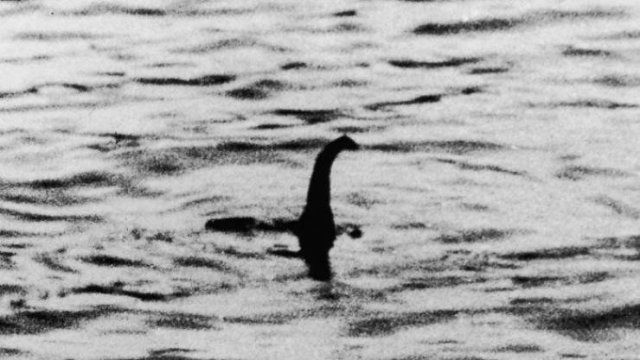
For almost 1,500 years, people have reported seeing an enormous, mysterious creature living in Loch Ness, a freshwater lake near Inverness, Scotland. The earliest reference to a Scottish lake monster dates back to the biography of Saint Columba, which was written in 565 AD. Reports continued periodically afterward, but they kicked into high gear in 1933, when a road was built along Loch Ness’s shore.
One year later, British doctor Robert Wilson shared the infamous Loch Ness Monster photograph, which purported to reveal the monster in its natural habitat (and in no way looks like a plastic dinosaur toy in a bathtub). Though Wilson later admitted the photo was a hoax, belief in the legend persists to this day. As of 2012, a quarter of Scots believed Nessie was real, or at least told a pollster they did. Some think the Loch Ness Monster is a prehistoric holdout, a dinosaur that somehow survived to the present day. Others think it’s a cryptid.
There has never been concrete proof of a lake monster living in Loch Ness, not even a washed-up carcass. So why do so many people still believe it? As with a lot of these popular myths, it’s not because people are delusional, or that they’re seeing something that isn’t really there; it’s more likely they are seeing some kind of creature and misunderstanding what it is. Skeptics have suggested that many supposed Nessie sightings are really just large fish native to the area – possibly a wels catfish, a sturgeon, or a Greenland shark.
In 2019, a team of researchers from New Zealand analyzed water samples from Loch Ness and studied the DNA of every type of living organism found within it. They found no evidence of dinosaurs, sturgeon, catfish, or sharks, nor did they find the DNA of a previously unknown organism. However, they did find plenty of eel DNA. Like many freshwater lakes in Europe, Loch Ness is home to the European conger, a species of eel that spawns in the Sargasso Sea near the Bahamas and migrates to European bodies of water. European congers can grow up to 7 feet long and weigh up to 130 pounds, making them the likeliest Nessie candidate. If there is a bigger animal living in Loch Ness, it hasn’t left any DNA behind.
The Death Valley Sailing Stones Don’t Move On Their Own, They Float On Pieces Of Ice
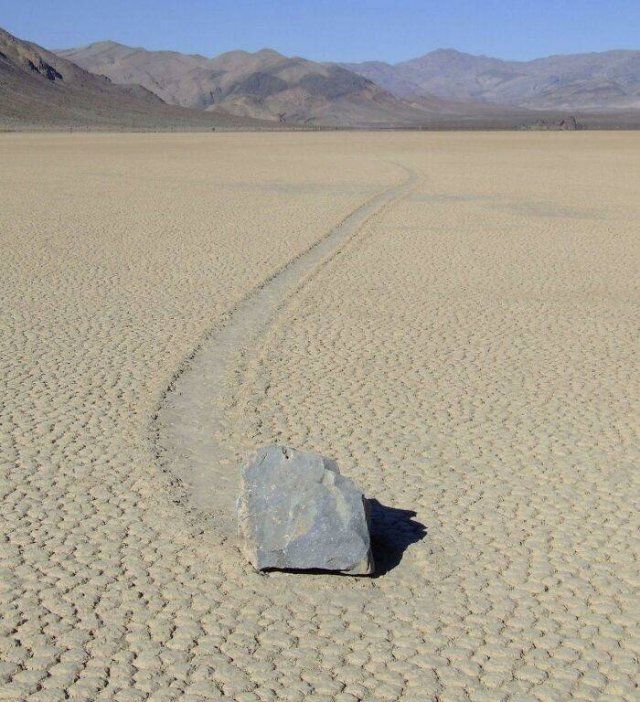
The Racetrack Playa is a flat, dry lakebed in the middle of a desert with the lowest elevation in North America. It’s also home to mysterious “sailing stones” that have baffled visitors since the early 1900s. To an untrained observer, it looks like these stones have moved across the surface of the lakebed entirely on their own, leaving tracks up to 1,500 feet long without any sign of human or animal interference. Many theories have been offered to explain this phenomenon, including strong winds, the pull of the Earth’s magnetic field, a clever prankster – or, once again, aliens.
But thanks to a devoted team of scientists, we now know why these stones move. In 2011, researchers from the Scripps Institute of Oceanography attached GPS devices to 15 rocks and left to monitor them. Two years later, they returned to the site and were lucky enough to witness the phenomenon in person. When Death Valley receives a rare winter rainstorm, water can pool on the flat lakebed and freeze overnight, creating large panes of ice around the rocks. In the morning, the ice thaws and cracks into large sheets, and a light gust of wind is all that’s needed to move the ice across the lakebed’s surface. The ice sheets push the rocks across the lakebed and then melt, leaving nothing behind but the rock’s tracks. The scientists called the phenomenon “ice shoving.” One of them jokingly described the study as “the most boring experiment ever.”
Why The Mayans Vanished

It’s one of the most prominent societal collapses in human history. The Mayans seemingly abandoned their complex civilization and disappeared into the Central American jungle. For centuries, people puzzled over the disappearance, theorizing everything from an internal peasant revolt, to conquest by an outside and unknown people, to a UFO holocaust.
It wasn’t until 2005 that a legitimate theory was put forward to explain what happened, a theory confirmed in 2012. The Mayan civilization collapsed due to a self-created environmental disaster. The Mayans chopped down too many trees, which reduced the land’s ability to absorb solar radiation. This made rainfall more scarce, which caused a crippling drought. The Mayans abandoned their land not due to aliens or revolt, but to find food.
Aliens Are Not Responsible For This Ancient Iron Pillar Not Rusting

Likely built sometime around 450 CE, the 23-foot-tall iron pillar found in Delhi’s ancient Qutb Complex amazed both locals and scientists because of its seeming resistance to rust. Theories about the “out-of-place artifact” abounded, with one explanation being that it was built by aliens, since local people at the time couldn’t have built such an element-resistant object.
But recent scientific analysis showed that not only was such a feat well within the capabilities of ancient people, it also revealed exactly why the pillar doesn’t rust. It’s coated with a thin layer of iron hydrogen phosphate hydrate (also called misawite), which keeps the elements out. The film likely ended up on the pillar through a combination of impurities in the iron and the primitive ovens the metallurgists were using. No ancient astronauts needed.
Anastasia Romanov Did Not Disappear And Assume Another Identity; Her Remains Were Verified In 1991

The Romanovs’ remains were rediscovered in 1979, and they were finally tested after the fall of the Soviet Union in 1991
The UFO That Crashed Near Roswell In 1947 Was Actually A High-Altitude Balloon
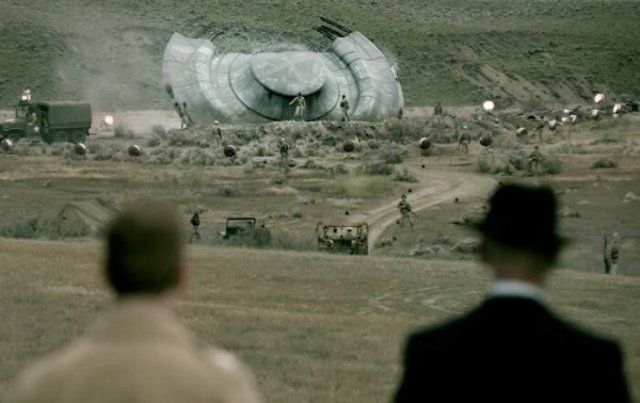
The “UFO” that crashed near Roswell, New Mexico in 1947 wasn’t alien at all. It’s actually a high-altitude balloon designed to monitor Soviet atomic tests. However, the government’s commitment to secrecy during the Cold War left the explanation as vague as possible, allowing decades for conspiracy theorists to spread their “work.”
The ‘Shroud Of Turin’ Was Carbon-Dated To A Thousand Years After Jesus’s Birth

For millions of Christians, the Shroud of Turin is one of the most revered religious icons in the world. The shroud is a 14-foot piece of linen fabric that was purportedly used to wrap Jesus’s body for burial. Most remarkably, the shroud features a negative image of an adult male, supposedly Jesus himself. The image, some have suggested, is actually an incredibly detailed bloodstain left by Jesus’s body. Since 1578, the shroud has resided in the cathedral of San Giovanni Battista in Turin, Italy, where it attracts thousands of visitors each year.
To some, the validity of a religious icon is a matter of faith, not science. But thanks to modern carbon-dating techniques, scientists have been able to prove that the Shroud of Turin couldn’t have been Jesus’s actual burial shroud. The Bible doesn’t specify exactly what year Jesus perished, but most scholars agree it was the year 33 AD. In 1988, carbon-dating showed that the Shroud of Turin originated in the Middle Ages. Forensic scientists also examined the blood spatter patterns on the shroud and concluded they were made by someone sitting in a variety of positions, not lying flat like a cadaver.
Traditionally, churches and cathedrals like San Giovanni Battista have displayed holy relics purportedly belonging to Jesus, the saints, and other important religious figures. These holy relics weren’t just objects of worship, but also big moneymakers that attracted thousands of pilgrims, just like they do today. Like the Shroud of Turin, the provenances of these relics are impossible to prove. In more recent years, the Vatican has officially classified the Shroud of Turin as “an icon” rather than a literal holy relic.
Ships Disappear In The Bermuda Triangle At About The Same Rate As They Do Anywhere Else
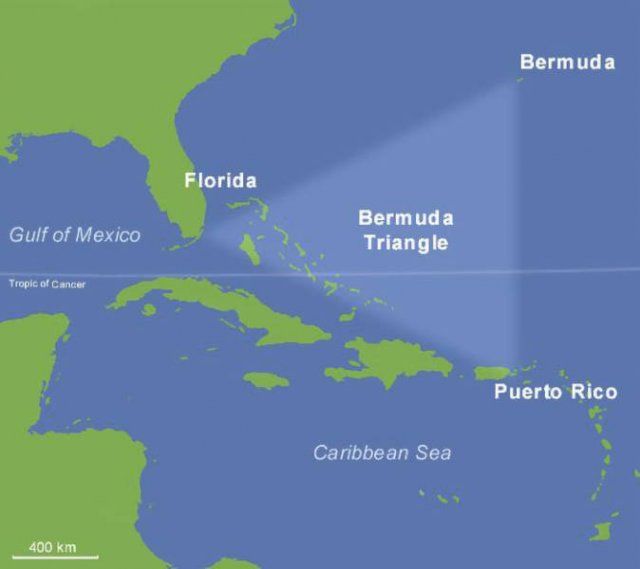
For decades, sailors, pilots, and travelers have feared the Bermuda Triangle. This area lies in the Atlantic Ocean, and at least 50 ships and 20 airplanes have “mysteriously” vanished there. Stories about disappearances in the Bermuda Triangle area date back centuries but the name “Bermuda Triangle” was coined in 1964 by pulp science-fiction writer Vincent Gaddis, who wrote an article about it for Argosy magazine. Over the years, many theories have attempted to explain these disappearances, including Earth’s magnetic field interfering with navigational instruments; enormous bubbles of methane gas bursting on the surface of the ocean; cryptids like sea monsters or aliens; and something to do with the lost city of Atlantis.
The point is not to debunk these explanations, because the real flaw in the Bermuda Triangle theory is the premise that an unusually high number of mishaps involving ships and planes happen there. Pilot and author Larry Kusche spent years researching these disappearances, and he found that many of the reported disappearances didn’t actually occur within the Bermuda Triangle. As for those shipwrecks and plane incidents, Kusche and others like the National Oceanographic and Atmospheric Administration have pointed out that maritime disasters occur at about the same rate within the Triangle as they do everywhere else.
Crop Circles Can Be Created With Simple Ropes And Boards

Crop circles aren’t evidence of aliens visiting Earth – the explanation is far more mundane. Reports of crop circles actually appear as early as the 16th century, however, they became an object of public fascination only in 1978, when one appeared in a field near Warminster, in Wiltshire, England. It was then that hundreds of crop circles appeared throughout southern England and all over the globe. As you could have expected, aliens were blamed by some for making them.. It was believed that crop circles were actually “flying saucer nests,” or sites of UFO landings.
However, crop circles are all a hoax. Sorry, alien fans! Back in 1991, friends Doug Bower and Dave Chorley came forward and admitted they had created the original Wiltshire crop circle. They admitted they’d been inspired by a letter published in a 1963 issue of New Scientist about “flying saucer nests,” and decided to have some fun and see if they could make one themselves. They even showed the BBC exactly how they made it: They used a contraption called a “stalk stomper,” or a simple board with ropes tied on each end. One of them stood holding one end of the rope, while the other stretched the opposite end of the rope as far as it would go and walked in a circle, allowing the board to gently push over the plant stalks. Bower and Chorley admitted to making hundreds of crop circles across England, always working under the cover of darkness. Despite their admission, some people still believe that crop circles are UFO landing sites.
The ‘Flying Dutchman’ Ghost Ship Was Likely The Result Of A Common Optical Illusion
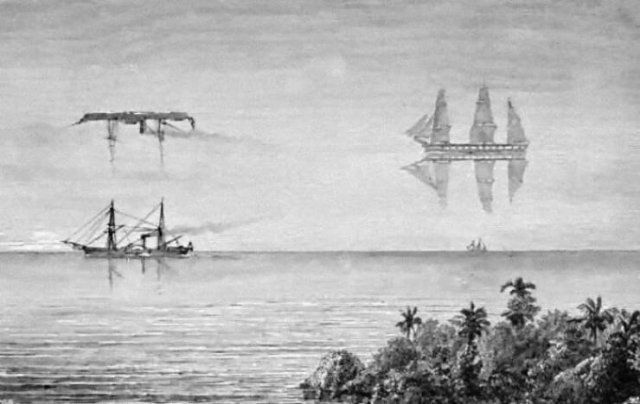
Practically since sailing was first invented, sailors have reported seeing mysterious floating objects on the horizon. The most famous of these is the “Flying Dutchman,” sightings of which likely originated in the 1600s – but persisted into the 20th century. Usually, these sightings had similar details: A ghostly ship appears just over the horizon, appearing to be lit by some kind of unearthly light, usually during a storm. Sailors theorized that this ghost ship was a former Dutch trading vessel doomed to sail the ocean for eternity, and whenever it appeared before living sailors, it was a bad omen. Poems about ghost ships helped spread these legends even further, like Walter Scott’s Rokeby or Samuel Taylor Coleridge’s The Rime of the Ancient Mariner.
Ghost ships are just one type of unearthly object people have spotted at sea. In 1643, the Jesuit priest Domenico Giardina reported seeing a floating city over the strait of Messina, just over the horizon. In 1810, cartographers Yakov Sannikov and Matvei Gedenschtrom reported seeing a floating land mass among the New Siberian Islands.
In reality, reports of ghost ships, ghost cities, and ghost islands are all examples of a common optical illusion called “Fata Morgana.” (The name derives from the character Morgan le Fay, a sorceress from the legend of King Arthur who could create beguiling illusions.) A Fata Morgana is caused by the way our eye perceives light when it passes through spaces with different densities. At the ocean’s surface, the water keeps the air relatively cool. Above that layer of cool air is another layer of warmer air. These differences in temperature create atmospheric layers with different densities. When light passes through them, it refracts, or bends. The human eye assumes the light it can see travels in a straight line, so from a distance, refraction can make an object on the water’s surface appear as if it’s floating above it. Most likely, superstitious sailors probably were seeing real ships. They just looked like they were floating in the air.
Fata Morganas are convincing enough that even though we now know their cause, we can still fall for them. In 2015, residents of Foshan and Jiangxi reported seeing a floating city in the sky. Once again, it was just a mirage.



